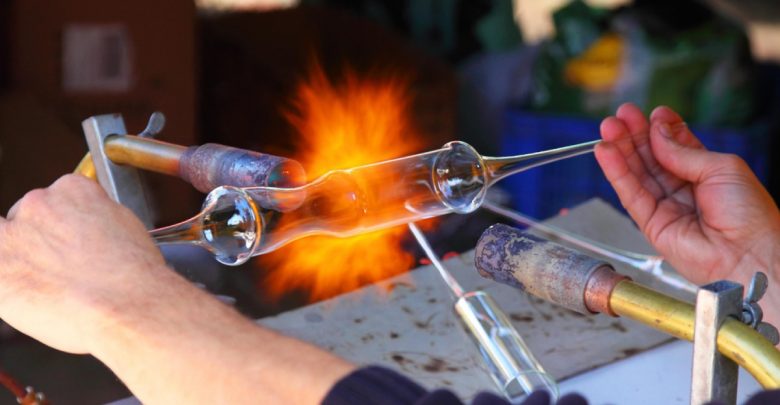Donatas Petkauskas
-
Why did I choose this tool? I started to think about the way I choose this method and which factors are influencing me as a trainer to choose one or another method. Of course, the first place is for my educational/learning goal, what would I like to achieve and which method or methodology would fit to my learning goal the…
Read More » -
Why did I choose this tool? Before applying the methods, I think about all those aspects and even more (the checklist can be filled with more categories and questions). How does this apply to being a trainer? The checklist aims to prepare you as a trainer to understand the whole picture of your learning process and when bearing in mind,…
Read More » -
Quotations of participants of training courses: “Cool method – let’s do it”, “It has worked the last time – let’s do it again”, “Shall we try some new simulation?” This is exactly what you should not do. Different methods help a youth worker do specific pedagogic interventions. Methods are tools. One needs to be able to use it and know…
Read More » -
The most popular approach to the learning in youth trainings is the non-formal education and the appliance of its principles. It helps to design the training modules and to adapt, create a separate method for each training session. Why did I choose this tool? Non–formal education and its principles are more than methodology but I do believe in them and…
Read More » -
Why did I choose this tool? While working with groups I am thinking about the generic aim of the session and how to divide the program into those sessions. For example, I will have in my first day of training program, getting-to-know-each-other session, group building session or thematic session. According to the generic aim of the session and other conditions,…
Read More » -
Why did I choose this tool? This tool will help you understand the basic components of emotional intelligence and guide you in practising required knowledge, skills and attitudes towards greater using of emotions within a training setting. How does this apply to being a trainer? Sharing my genuine emotions (as a trainer) with a group of learners is a very…
Read More » -
Why did I choose this tool? Recognizing your own emotions is a professional challenge. It is easy to recognize your repeated behaviours: you notice yourself or your colleagues are feed-backing about it. But it is essential to take the next step and understand were these behaviours are coming from, what emotions are causing it and what issues are we suppressing…
Read More » -
Why did I choose this tool? This tool will help you to understand the basic elements of trainers’ professional boundaries and help you to make personal guidelines on how to deal with different situations with participants. The professional boundaries are helpful to avoid over involvement and burn out. How does this apply to being a trainer? Professional boundaries help you…
Read More » -
Why did I choose this tool? Professional boundaries are an internal compass which helps to understand how to behave in difficult training situation or individual interventions with participants. This tool will provide practical hints and recommendations on how to develop professional boundaries with a group of participants and how the team of trainers can help each other. How does this…
Read More » -
It is an opportunity to use each other’s vision, experience and ideas in order to find new ways of addressing issues in your work context. In summary, Intervision is about: Inter-collegial consulting; in a work context; with colleagues, equals (not the formal hierarchy is important, but the felt freedom to speak up and show weakness); with a simple format and structure (and…
Read More »









